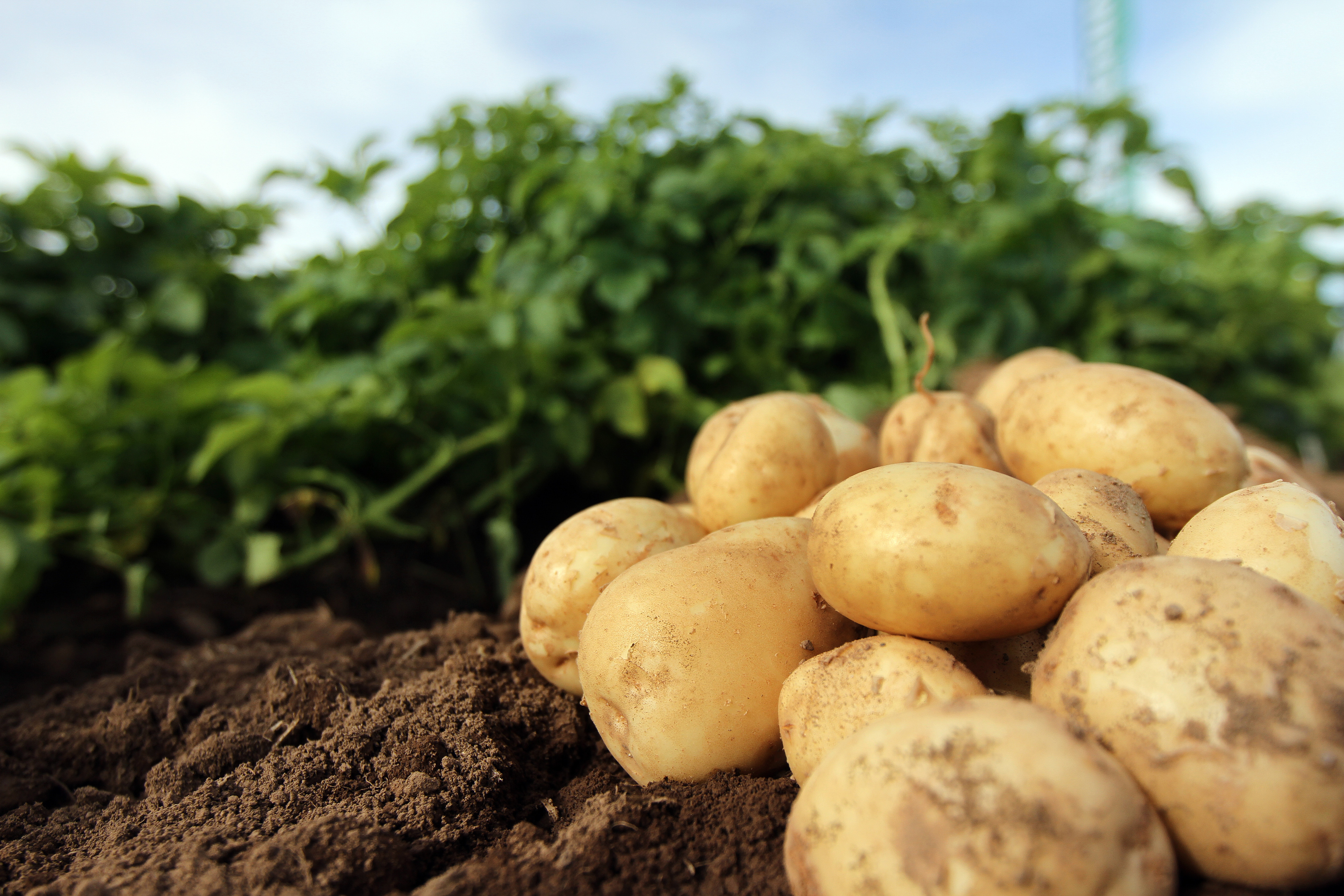UK supermarkets and scientists are working together to find ways of reducing potato greening which costs the industry and retailers almost £100 million every year.
Researchers at the James Hutton Institute (JHI) have identified a genetic element to the problem which can mean a seven or eight fold variation in the amount of post-harvest greening.
Tuber greening is directly linked to 116,000 tonnes of household potato waste and is estimated to cost UK retailers £60 million per annum.
In-field losses due to greening cost the industry another £37 million and the problem has also been identified as a negative factor in consumer purchases, where a 1% increase in sales is worth £3million to producers.
The aim of a new joint industry and science project, funded by Innovate UK and the Scottish Government, is to reduce waste and increase productivity.
Speaking at Potatoes in Practice, Dr Mark Taylor of the JHI said work on 200 different varieties had already identified the genetic regions that control post-harvest greening.
“Undoubtedly greening in the field is affected by the depth of tuberisation but that is a separate issue from post-harvest greening,” he said.
“Our work identified a big genetic effect and we need to confirm it in a trial in the second part of the project.
“Photobiological experiments will identify the conditions and target genes for light-induced tuber greening which will, in turn, inform the design of prototype packaging film and lighting regimes to reduce greening during storage and in store.”
Recently developed potato genetic approaches will be used to identify markers for genes associated with reduced greening to provide the foundation of a longer term strategy to produce non-greening potato varieties.
Dr Taylor added: “As light causes an increase not only in tuber greening but also in the accumulation of potentially toxic glycoalkaloids, the links between these factors will be investigated.”
The project has brought together partners including Tesco, Waitrose and Branstons.
AHDB strategy director Rob Clayton said a complementary piece of work on sub soil architecture is being done at the National Institute of Agricultural Botany (NIAB).
nnicolson@thecourier.co.uk










